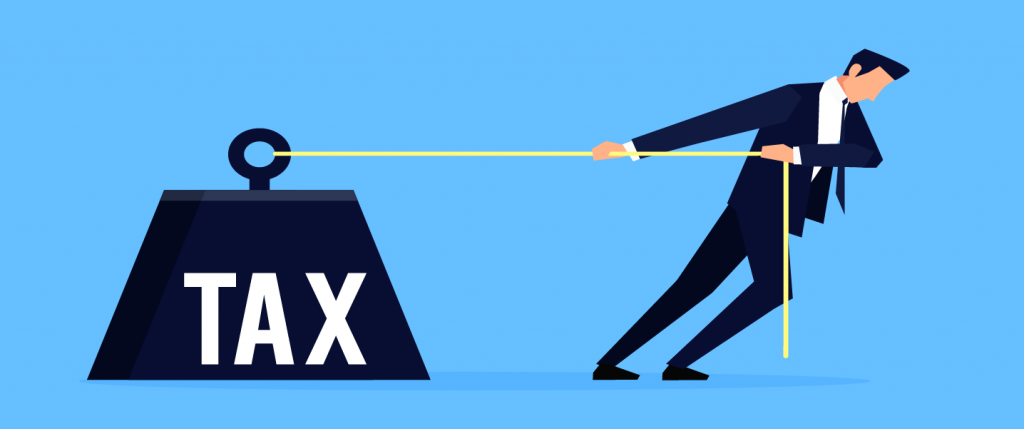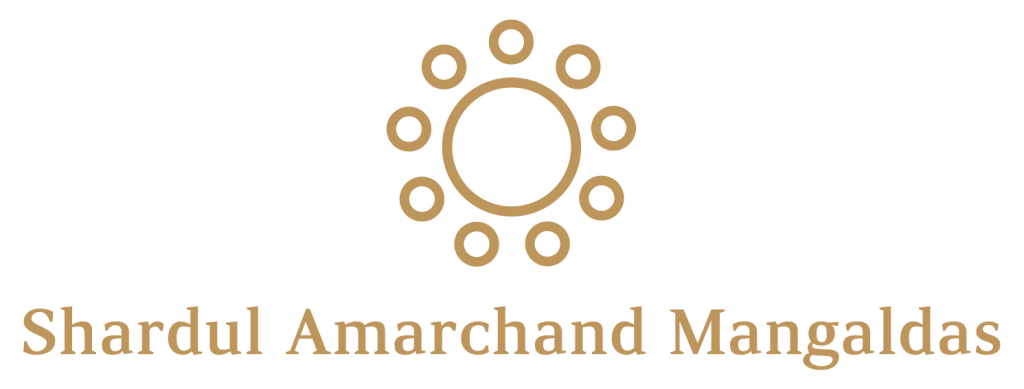Insights
Are ultra HNIs in India excessively taxed? find out
July 29, 2020The economic impact of the pandemic has led to governments across the globe scrambling to find ways and means to shore up revenue. It leaves them with the unenviable task of looking at means to increase governmental revenue, while also simultaneously ensuring that tax payers have enough liquidity, so that the demand side of the economic equation picks up. This is at times a conflicting requirement, since greater liquidity in the hands of taxpayers often bears a direct co-relation with the tax rates.

With regard to the aforementioned, proposals have been made, including by a group of Indian Revenue Services (IRS) officers, to the Central Board of Direct Taxes (CBDT) suggesting an increase in personal income tax rates.
For example, some of measures suggested included raising of the personal income tax rate, levying an additional one-time Covid cess, introduction of wealth tax and inheritance tax, increasing the capital gains tax for foreign investors and increasing equalisation levy. While the aforementioned proposals have been put in cold storage for now, the broader question of whether the personal tax rates should be hiked or lowered for ultra-High Networth Individuals (HNIs) merits an examination.
Read More+
India follows a progressive tax system for personal income wherein the tax rate increases as the taxable amount increases. The individual tax rate ranges from 5% to 30% (plus applicable surcharge and cess) depending upon the income earned during a particular financial year. Any individual with an income of more than Rs 10 lakh (USD 13,333 approximately) per annum is taxed at the highest rate of 30% (plus applicable surcharge and cess). When one adds the various surcharges and cesses, the maximum effective tax rate applicable to an individual earning more than Rs 5 crore (USD 666,666 approximately) would be about 42.74%. Thus, effectively, for tax purposes, ultra HNIs would be individuals having a taxable income of more than Rs 5 crore per annum.
An overview of the personal tax rates in other BRICS countries shows that at the highest levels of income, the tax rates in India are comparable to the likes of China and South Africa. The highest personal tax rates along with the annual income threshold in BRICS nations for ultra HNIs are provided below by way of example:
Country |
Minimum income per annum (approx.) |
Tax Rate |
| Brazil | USD 10,800 | 27.50% |
| Russia | On all income | 13% |
| India | USD 666,666 | 42.74% |
| China | USD 137,000 | 45% |
| South Africa | USD 95,400 | 45% |
Notably, while Russia charges a flat tax rate of 13% on most income streams, when compared to countries like China and South Africa, the personal tax rate slabs are similar to India. However, the income threshold at which the higher slabs kick in to play are lower when compared to India. Same is the case when compared to countries like the United States, UK and Singapore.
Country |
Minimum income per annum (approx.) |
Tax Rate |
| India | USD 666,666 | 42.74% |
| Singapore | USD 231,000 | 22% |
| USA | USD 518,400 | 37% plus state level income tax |
| UK | USD 191,000 | 45% |
There are of course countries where ultra HNIs enjoy significantly lower tax rates. Certain Middle Eastern countries are a case in point, since they have traditionally charged little or no tax on personal income. But it would be unfair to say that India is an outlier when it comes to high tax rates on ultra HNIs.
With the pandemic showing no signs of abating, more economic pain may lie ahead. With lower earnings, increasing unemployment, higher medical bills, and high tax rates, taxpayers are admittedly under the pump. A case can be made for lowering rates across the low to medium income groups. However, as far as ultra HNIs are concerned, while having a moderate tax regime is always desirable, given the current economic environment, it is difficult to make a compelling case for lowering of their tax burden.
Read Less-
Contributed by: Abhay Sharma, Parter; Priyanka Jain, Senior Associate.
Disclaimer
This is intended for general information purposes only. The views and opinions expressed in this article are those of the author/authors and does not necessarily reflect the views of the firm.

